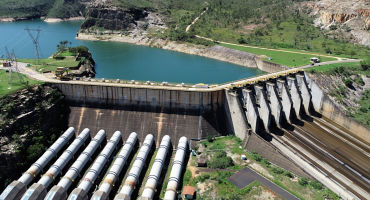Properly defining the climate opportunity
The wall of capital pursuing ESG opportunities has been important in tackling these issues to date but also has had unintended outcomes for markets. This influx of capital is “good” in that it finances companies that we believe are already positively contributing to the mitigation of or adaptation to climate change. However, it mostly affects companies that currently meet materiality thresholds for inclusion in today’s ESG-mandated strategies and ETFs. Crucially, these approaches typically exclude companies that do not meet those metrics today, even if they are actively moving us toward a greener world by making investments in R&D, changing product lines, and transforming business models. For example, metals producers often score poorly from a carbon emissions/ESG perspective and are therefore excluded. However, we believe some metals producers, like those for aluminum, may require a more nuanced lens. Aluminum has key uses in electric vehicles (EVs), solar power generation, climate-resilient physical infrastructure, electric grid infrastructure, and other renewable technologies. There are many potential decarbonization winners in areas such as these that we believe are not properly reflected in today’s metrics.
In our view, the backward-looking nature of most of these approaches ignores the future, resulting in a large segment of the market being underappreciated. This creates an unusual situation, as one of the basic tenets of investing is valuing a company based on its future prospects. By placing such a high value on a company’s ESG credentials today, including using them as the basis for negative screens, investors may be ignoring the ESG winners of tomorrow.
In our view, this market dynamic has generated a significant inefficiency (and opportunity) for more dynamic approaches in the form of “false negatives” and “false positives.”



















